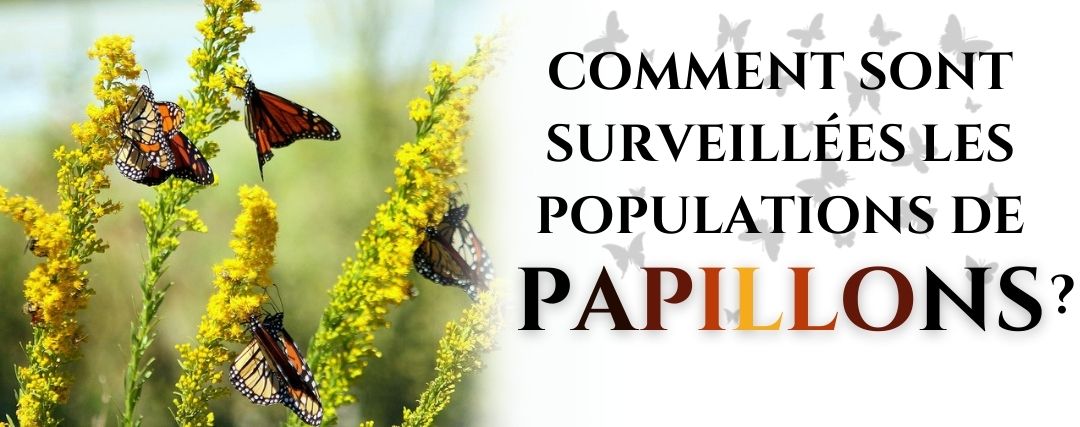The "transect" is one of the methods used to monitor butterfly populations. Other methods include marking, recapture and species estimation.
The transect
This method involves an individual or group of individuals undertaking a regular weekly walk that follows a fixed route through a butterfly habitat. The route is divided into sections, each representing a different sub-habitat.
A transect on a wooded site, for example, may include a section through a recently pruned area, another section through a fir plantation and another through a stand of mature oaks.
The butterflies observed in each section are counted, and the numbers are compared to those obtained in other sections, or in the same section in previous years. The figures do not represent precise population counts, but are useful for assessing how numbers fluctuate in response to management factors such as grazing or coppicing regimes.
Unfortunately, this method has many disadvantages:
- Notable species, such as the Red-tailed (Pieris rapae) or the Lemon ( Gonepteryx rhamni), can be easily counted, but the smaller, duller species such as the Hungarian-spotted (Erynnis tages) and Female pearly blue Argus (Polyommatus coridon) tend to be greatly underestimated.
- Butterflies flying in open meadows are easier to count than those in forests.
- The number of each active and observable species varies greatly depending on climate, local weather conditions, time of day, and other factors.

Marking and recapture
This method called CMR (capture - marking - recapture) consists of capturing each individual of a particular species, numbering it and marking it by applying a spot of paint, then releasing it. The next day, the process is repeated, and the number of "missing" butterflies is counted, while the "new arrivals" are themselves marked.
Over a period of 2 or 3 weeks, it is possible to analyze the constitution of populations, the lifespan of individuals and the movements of individuals from one part of the site to another.
The disadvantages are:
- It is not possible to know why individuals “disappear”. Do they die, disperse or migrate, do they simply copulate or rest and therefore are not captured?
- This method works quite well for some species on small sites, but is impractical on large sites, and impossible for species such as the purple hairstreak which spends all day atop oak trees.
Species-related estimate
This method uses a combination of “terrain knowledge” and calculation. An experienced entomologist can, for example, walk around a meadow site counting the number of male pearly-blue Argus. For example, he counts a total of 300 males in one hour.
This number is doubled to 600 to take into account the percentage of females in the population. Then it is multiplied by a factor that takes into account the area of the site where similar habitat is found - perhaps the walk only took the entomologist through 10% of the habitat, so the figure would be multiplied by 10 to give a total of 6000.
The count only took place for one hour, over one day, but the species can have a flight season of several weeks, so other factors need to be considered: What percentage of the total population is has already emerged? What percentage of the total population was already out? What percentage was flying during the hour the count took place?
Different formulas (calculated from mark and recapture data) can be applied to calculate the approximate total population size.
By multiplying the number of individuals counted (300) by the appropriate factor, a total population of 1,000 individuals or 20,000 can be obtained, depending on the size of the site, available habitat, butterfly behavior and stage of development. The flight season in which the count took place.
The disadvantages of this method are:
- It is very subjective - for it to have comparative value, the same entomologist and the same formulas would have to be used on each site.
- Areas of a site that appear the same may support very different numbers of butterflies - for example, some areas may have deeper soil - a factor that affects vegetation mix, cloud height and microclimate.





